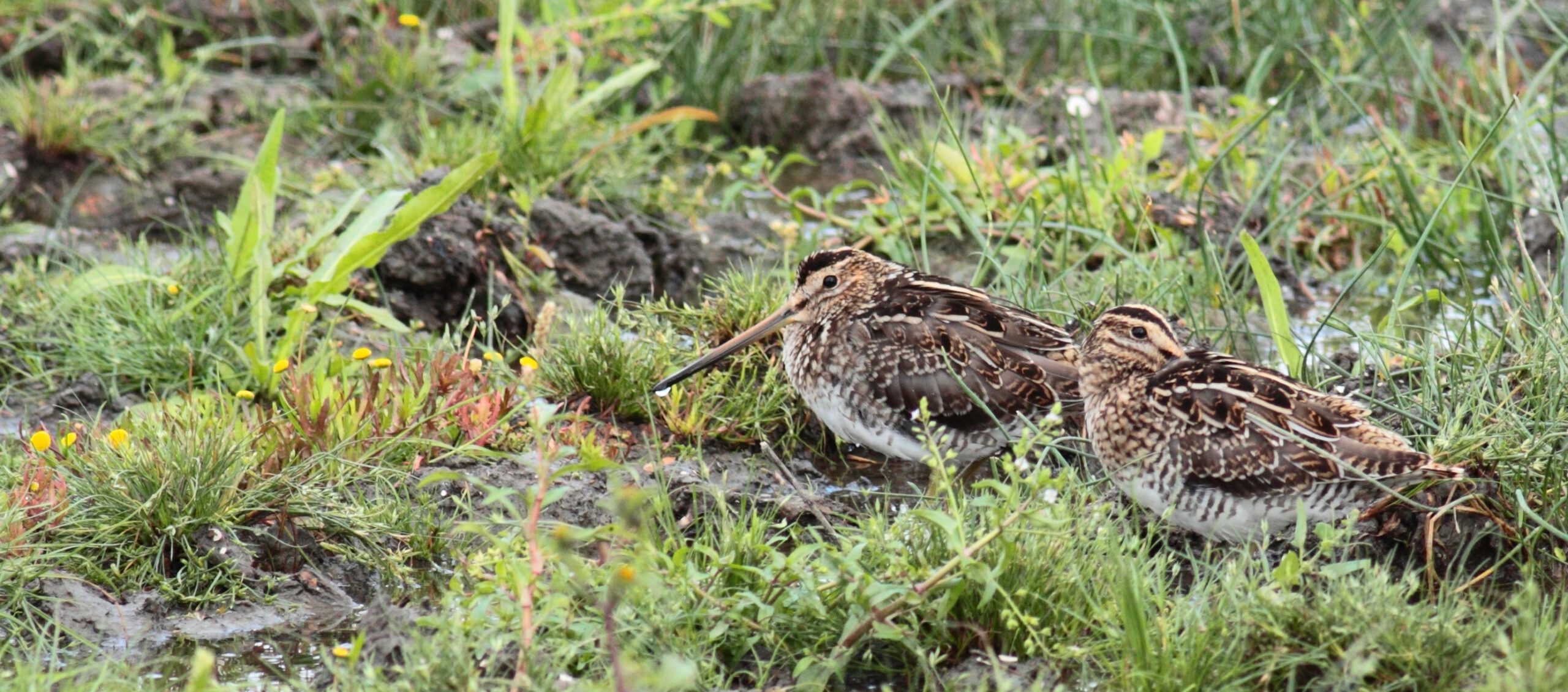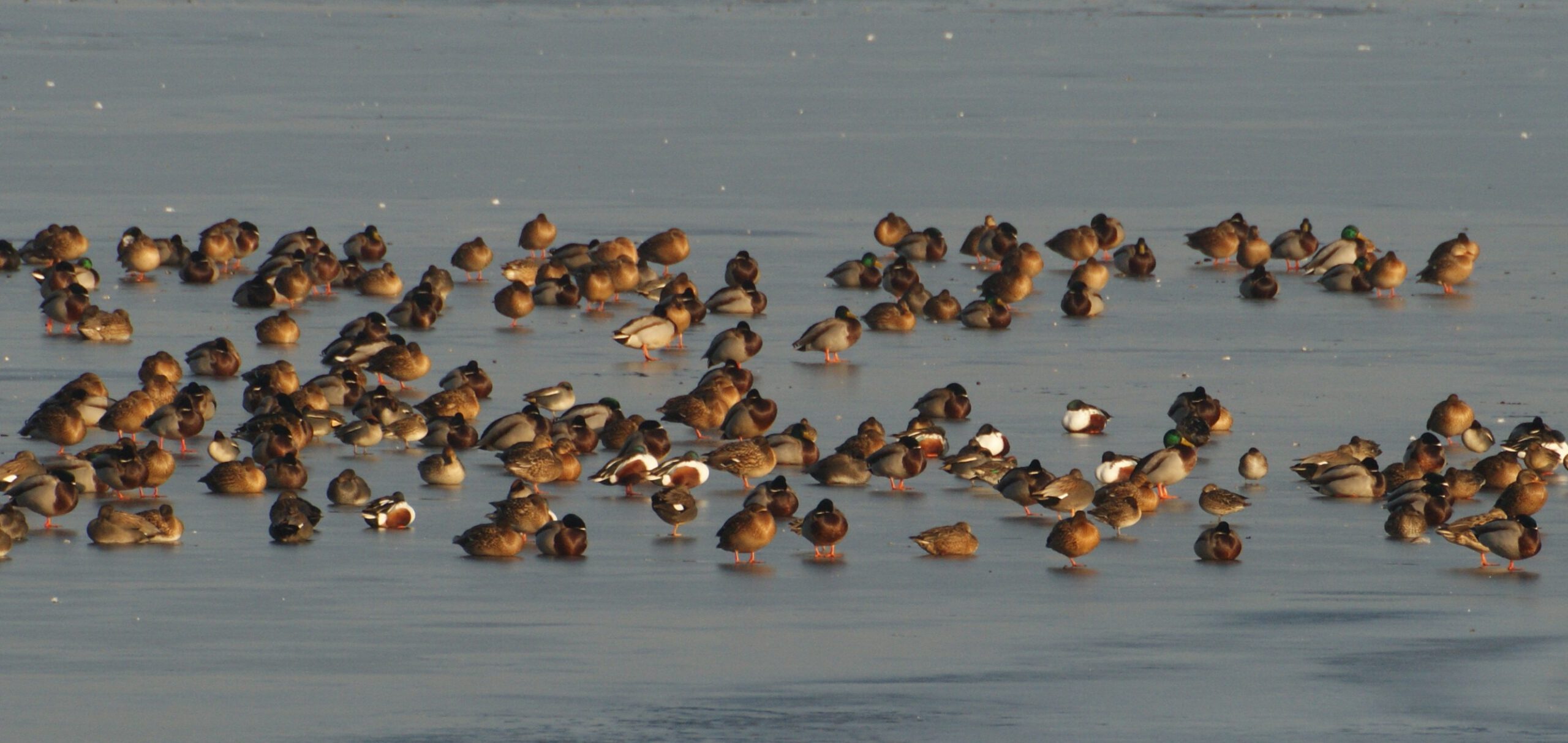
The fresh water domain includes not only the open water, but also swamps, marshes, reed-beds, and flooded forests. Getting about in these diverse habitats requires different types of locomotion (swimming, walking, climbing, flying, and getting through particularly dense vegetation). An animal’s body can only be built for some of these, as adaptations to a certain type of motion likely exclude other types of motion (see Oceans & Seas).
Also in terms of food types, the fresh water habitats offer a great variety, from plants to fish and insects, and also other vertebrates, such as frogs. Altogether, this results in a great abundance and variety of species in fresh water habitats. Moreover, if the water freezes over during winter, an important part of the available resources becomes inaccessible. This may force animals to migrate, hibernate, change their habitat use and food types, or to store food beforehand.

Discover here how the super filter of the mallard and the narrow rib cage of the water rail enable life in a fresh-water habitat!
Animals of fresh water
Mallard
Grass snake
Water rail
Eurasian otter
White-tailed eagle
Common frog

